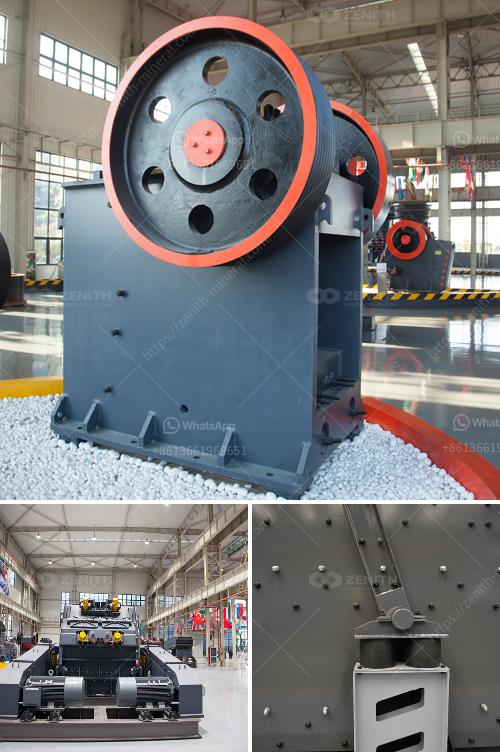Designing a rotor for a Vertical Shaft Impactor (VSI) crusher involves several critical considerations to ensure efficiency, durability, and optimal performance. Here are the key steps and factors in designing a rotor for a VSI crusher:
1. Material Selection
- Wear Resistance: Choose materials that offer high wear resistance to withstand the impact and abrasion from the crushed material.
- Strength: Ensure that the material has sufficient strength to handle the stresses during operation. Common materials include manganese steel or high-chrome iron.
2. Rotor Dimensions and Shape
- Diameter and Length: Determine the diameter and length of the rotor based on the expected feed size and the required output capacity.
- Blade Shape: Design the blades or bars to optimize material flow and impact. Tapered blades can help improve the distribution of feed material.
3. Blade Configuration
- Quantity and Placement: Optimize the number and placement of blades to achieve a balance between throughput and desired particle size. More blades generally mean finer product.
- Angle of Attack: Adjust the angle at which the blades strike the material to optimize impact force and improve crushing efficiency.
4. Balancing
- Static and Dynamic Balancing: Ensure the rotor is both statically and dynamically balanced to reduce vibrations and prevent premature wear of the bearings and other components.
5. Safety Considerations
- Structural Integrity: Ensure that the design can handle the maximum expected load without failure.
- Accessibility: Design for easy replacement of wear parts to minimize maintenance downtime.
6. Computational Design Tools
- Finite Element Analysis (FEA): Use FEA to simulate the stresses and deformation on the rotor and optimize the design.
- Computer-Aided Design (CAD): Utilize CAD software to create detailed models and blueprints for manufacturing.
7. Testing and Prototyping
- Prototype Testing: Build and test a prototype of the rotor in a controlled environment to validate the design assumptions and make necessary adjustments.
- Field Testing: Conduct real-world testing to ensure the rotor performs reliably under varying operational conditions.
8. Consult Industry Standards and Guidelines
- ISO and ASTM Standards: Refer to relevant industry standards and guidelines to ensure compliance with safety and performance requirements.
9. Collaborate with Experts
- Consult Engineers: Work with experienced mechanical and materials engineers to address specific challenges and improve the overall design.
Summary:
- Material selection should prioritize wear resistance and strength.
- Rotor dimensions and blade configurations should be optimized for the desired output.
- Balance the rotor to minimize vibrations and wear.
- Use computational tools for design validation and testing prototypes.
- Ensure compliance with industry standards and guidelines.
- Collaborate with experts to refine the design.
By following these steps, you can design a rotor that enhances the performance and lifespan of a VSI crusher.


